by Plant Circle
Biophytum Care Tips
To increase the life span of the plant, remove flowers when the first appear with sharp gardening shears. Water must be kept damp Light bright indirect light Humidity moderate to high Plant Toxicity not toxic.
Filters
Clear allby Plant Circle
Biophytum Care Tips
To increase the life span of the plant, remove flowers when the first appear with sharp gardening shears. Water must be kept damp Light bright indirect light Humidity moderate to high Plant Toxicity not toxic.
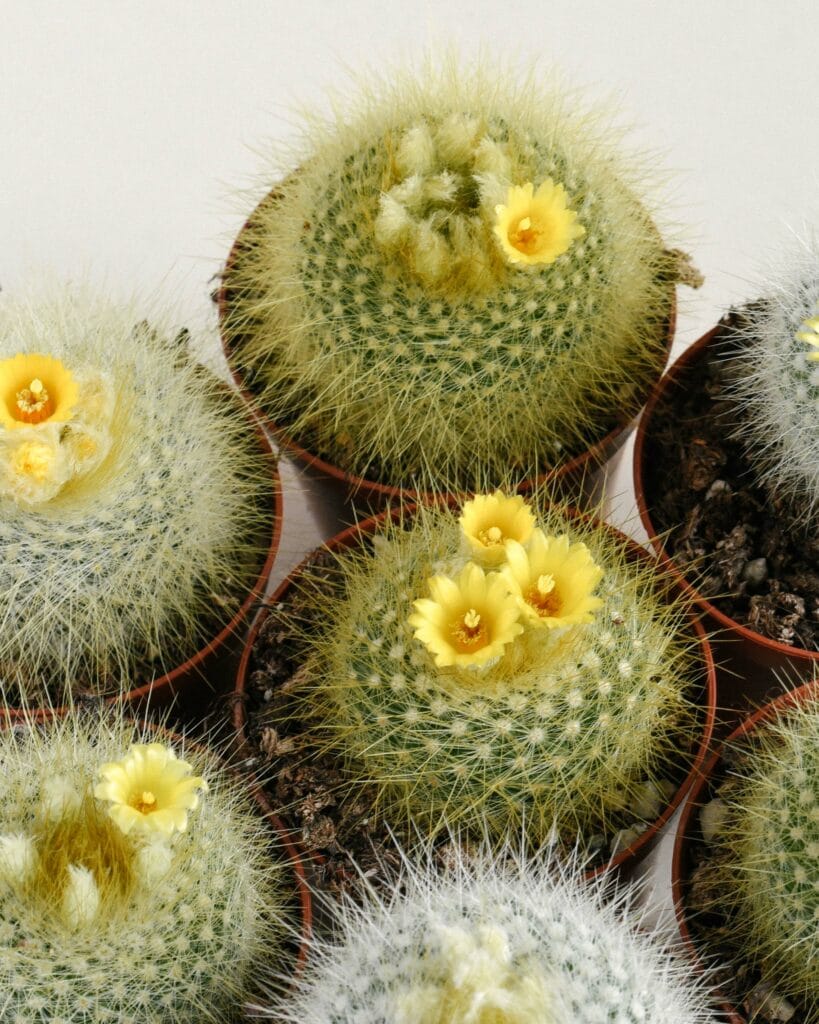
by Plant Circle
Cactus Care Tips
Light Strong light is essential for healthy cacti. Make sure to give them as much light as possible when growing it inside. If you want to bring your cactus outside during the warmer months, make sure to acclimate it to the stronger light step by step or it might scorch. Soil fast-draining cacti mix ideally containing sand Temperatures Desert cacti love warm temperatures during the summer and cooler temperatures in winter. You can grow your cactus outside during the growing season to give it that extra bit of sun and warmth, which will result in faster growth. However, make sure to bring it back inside before the first freezing nights or it might get frost damage. Water When your cactus is actively growing during the growing season, water whenever the soil is dry to the touch. Make sure to water thoroughly when you do. During the winter rest period, only water very rarely and if the plant begins to shrivel. The most common mistake with cacti is overwatering, which will cause rot either at the base of or its growing tips. Toxicity Not all cacti are toxic for humans and animals when ingested, but some are. Either way, make sure your pets do not get too close to them due to their prickly spines! Care is needed when handling cacti to prevent injuries.
by Plant Circle
Coleus Care Tips
Light bright indirect light indoors, partial shade outdoors Water keep the soil moist, but never soggy wet Humidity dry to average Soil Not very picky, but should be well-draining Toxicity This plant is toxic to animals: Coleus contain an essential oil toxic to cats and dogs, which can cause skin irritations and burns if not diagnosed and treated right away. It is only mildly toxic for humans, causing minor skin irritation from exposure to skin or from ingestion.
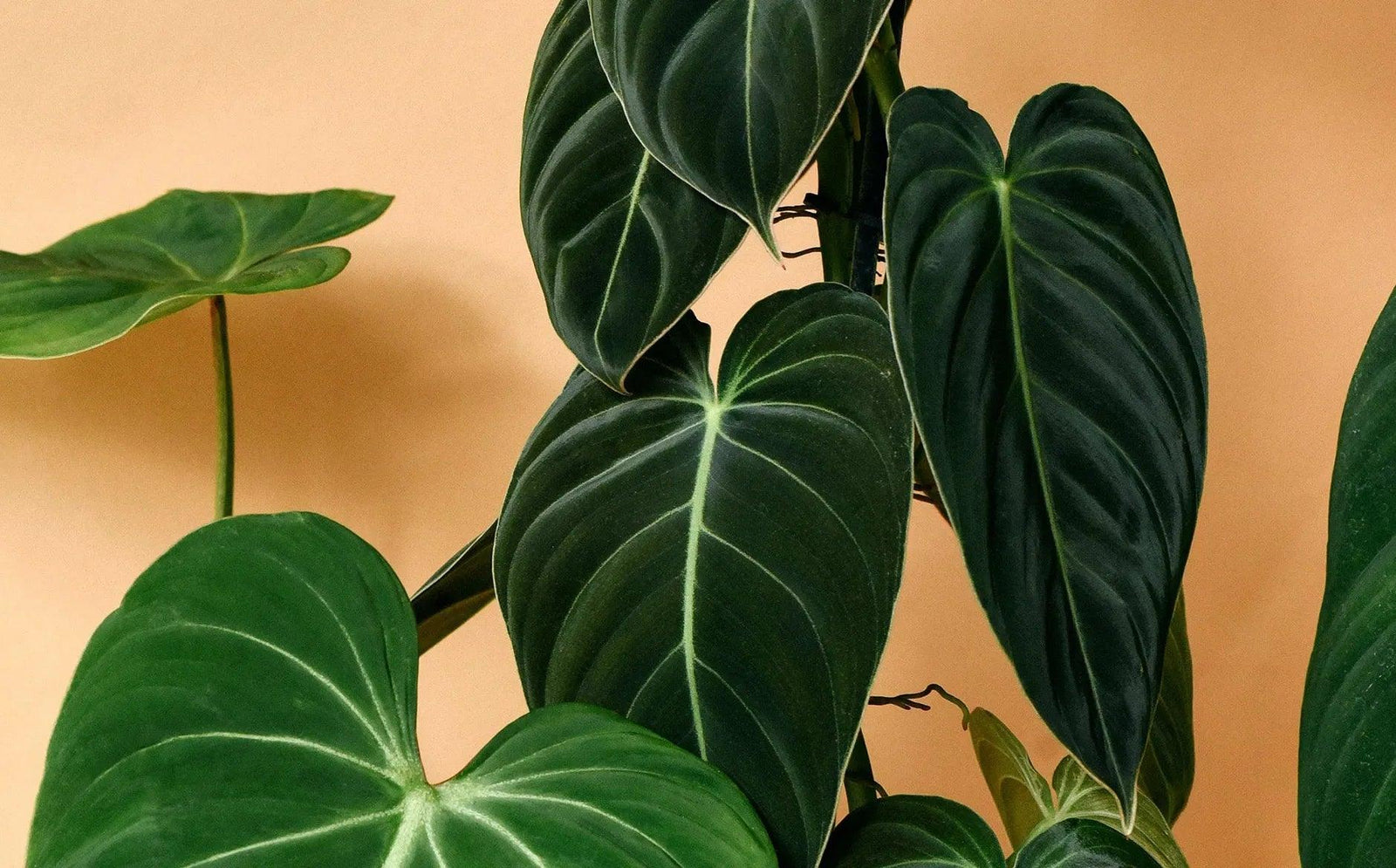
by Plant Circle
Dischidia Care Tips
Soil Lightweight, fast-draining potting mix Light bright indirect Humidity 40%-60% Repotting Dischidia like to be pot bound, they need to be repotted very seldom Toxicity Dischidia are NOT toxic to humans or animals when ingested.
by Plant Circle
Gesneriad Care Tips
Light Gesneriads do well right in front of windows that have plenty of bright but indirect light. They don’t like too much direct sun, so experiment and see what locations your plants do best in. You can also use sheer curtains to diffuse any windows that have too much direct sun. Water Gesneriads do not like to dry out completely, so make sure you water them regularly. Use rain or distilled water, not tap water, as these plants are sensitive to the chemicals in treated water (learn more about Hard Water). Gesneriads do not like their leaves to get wet, because they are covered in small, transparent hair, which makes them so soft. Since it is hard to water it from the top without wetting the delicate, bushy leaves, it is best to bottom-water your Gesneriad. Pour water into a saucer and let your Gesneriad sit in it for 20 minutes. Put your plant back into its spot afterwards, do not let it sit in water for too long. Also, refrain from misting. Humidity Gesneriads also like higher humidity but are very tolerant of average indoor conditions. Aiming for 50% humidity would be ideal. Soil Gesneriads appreciate a well-draining potting mix ideally containing some sand. They also love to be pot-bound, which helps the plant to bloom. Fertiliser Regularly fertilize your indoor gesneriads throughout the active growing season for best growth and flowering. Toxicity Good news! Gesneriads are not toxic to dogs, cats or people.
by Plant Circle
Hypoestes Care Tips
Hypoestes thrive in bright, indirect light. While they can tolerate lower light, this may result in slower growth and leggy stems. Avoid direct sunlight, which can scorch their delicate leaves.
by Plant Circle
Impatiens Care Tips
Light Bright indirect light, partial shade Watering keep soil moist but not soggy wet Soil rich, well draining potting mix Propagation herbaceous stem cuttings Toxicity Good news, this plant is non-toxic to animals.
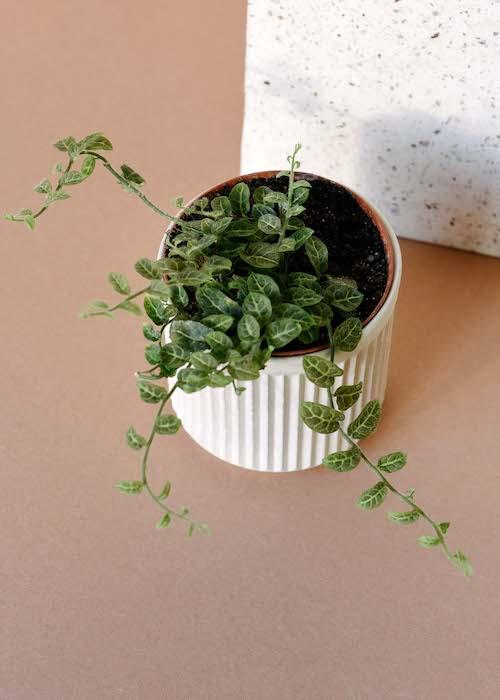
by Plant Circle
Marcgravia Care Tips
Light Marcgravia thrive in medium to bright light, but will produce more extraordinary foliage if it gets a lot of light. Water Marcgravia like to stay moist, but not wet at all times. They do not like water sitting on their leaves for long periods of time, so make sure to always water below the leaves. Humidity Marcgravia loves humidity, so it is a great plant for the humid environment of a container garden or terrarium. This plant is not recommended as a houseplant in an open air pot, since it needs at 70%+ humidity to thrive. Temperature Marcgravia likes warm temperatures between 22℃ and 28℃ Soil Very well-draining mix or sphagnum moss Toxicity Potentially toxic to pets and humans when ingested.
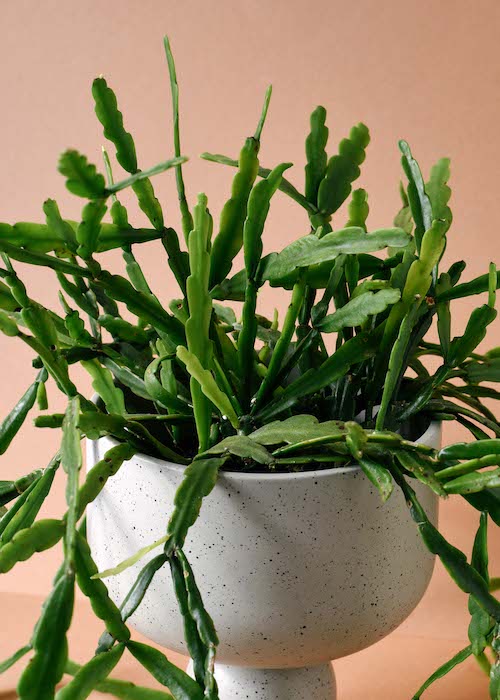
by Plant Circle
Rhipsalis Care Tips
Light bright spot, can whit-stand a few hours of sunshine a day Water As opposed to most succulents, needs regular (possibly weekly) watering in summer and much less in winter but only when potting mix is dry to touch. Soil fast draining potting mix such as cactus mix Humidity low Toxicity non-toxic to humans nor animals when ingested.
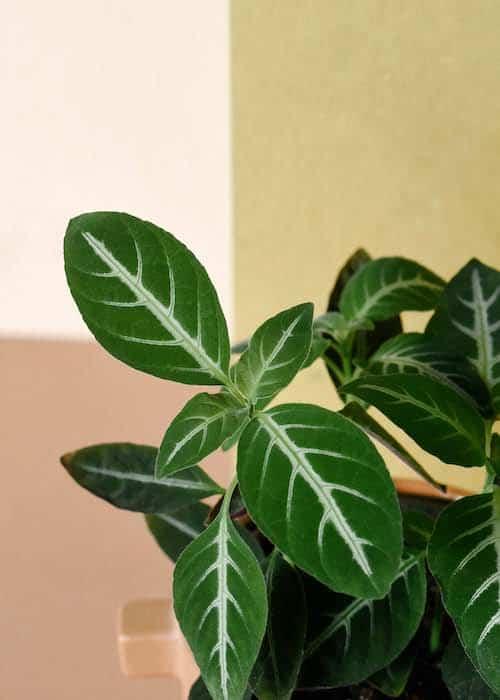
by Plant Circle
Ruellia Care Tips
LightPlenty of sunlight is also recommended for optimal growth, even during the colder months. Avoid direct sunlight because it could scorch your Ruellia's leaves.Waterwhen top 3cm of soil are dry, do not let it dry out completelyHumidityRuellia appreciates high humidity.TemperatureRuellia needs warm temperatures above 6 degrees Celsius, so can be grown outdoors during the growing season as long as the nights are not too cool.Soil Ruellia Makoyana grows best in regular potting soil with good drainage.ToxicitySome Ruellia used as medicinal plants, but many are known or suspected to be poisonous, so better be safe than sorry and do not let your pets nibble on your Ruellia!
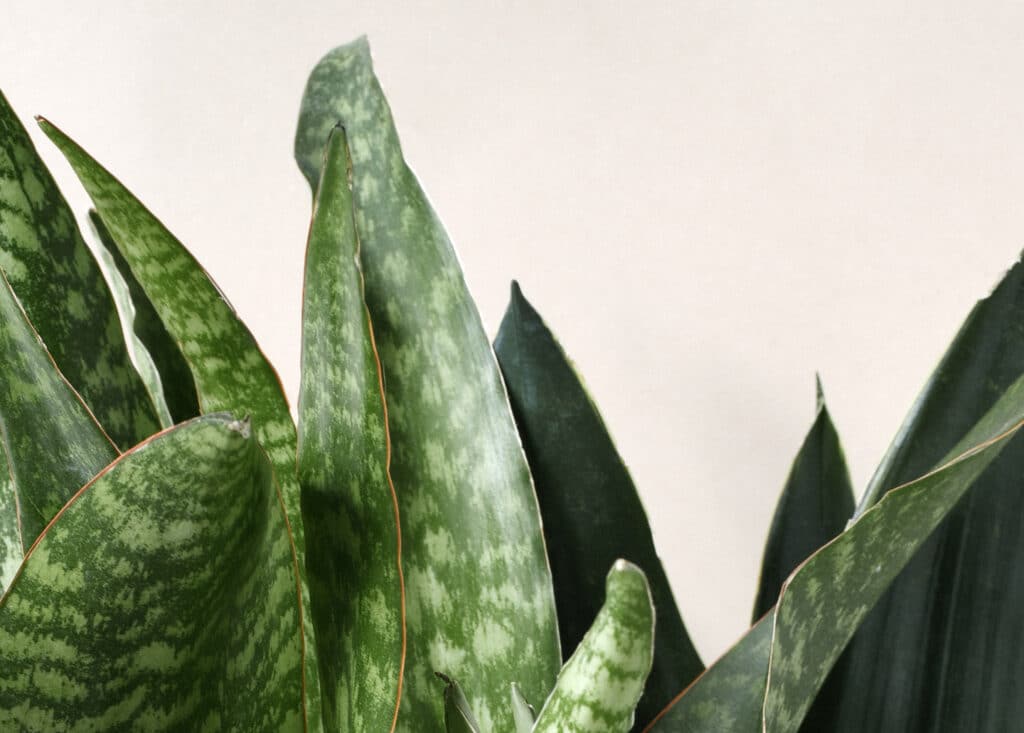
by Plant Circle
Sansevieria Care Tips
Sansevierias, commonly known as Snake Plants or Mother-in-Law’s Tongue, are some of the toughest and most versatile houseplants out there. With their upright, architectural leaves and forgiving nature, they’re ideal for beginners, offices, or anyone looking for low-maintenance greenery. Here's everything you need to know to help your Sansevieria thrive. Sansevieria Care Summary Light Dull sun or low light; tolerates a range of lighting conditions Watering Water sparingly; allow soil to fully dry between waterings Humidity Adaptable from low to high humidity environments Soil Fast-draining mix, such as cactus or succulent soil Toxicity Toxic to humans and pets if ingested Lighting Tips Sansevierias are famous for thriving in less-than-ideal lighting conditions. They tolerate low light better than most plants, but if you want to see new growth, place them in a spot with bright, indirect sunlight. A few hours of weak morning sun is okay, but avoid intense direct afternoon rays. Watering Advice This is where many people go wrong—Sansevieria hates soggy soil! Water only when the soil is completely dry. In the summer, that might mean every 2–3 weeks; in winter, even less. Their roots are prone to rot, so err on the side of neglect. Humidity Needs Snake Plants are not fussy about humidity. They can thrive in dry environments just as well as more humid rooms. Whether it's a steamy bathroom or an arid living room, they’ll adapt just fine. Best Soil Type Use a well-draining mix—cactus or succulent soil works perfectly. You can add perlite or coarse sand to your mix for even better drainage. Make sure your pot has a drainage hole. Growth and Maintenance Sansevierias are slow-growing, but over time, they’ll produce offsets (baby plants) that you can propagate. Remove dust occasionally from the leaves to keep them looking sharp. They rarely need repotting and even thrive slightly root-bound. Toxicity Notice Like many houseplants, Sansevieria is toxic if ingested by humans or animals. Keep it out of reach of curious pets and children. The sap can also cause mild skin irritation—wash hands after handling if you notice sensitivity. Why We Love It With its sword-like leaves, tough nature, and air-purifying qualities, Sansevieria is a staple in any plant collection. Whether you’re a seasoned collector or a new plant parent, it’s the ultimate zero-drama houseplant. 🌱 Ready to adopt a Sansevieria? Check out the varieties we have in stock now at Plant Circle and start your low-maintenance plant journey!
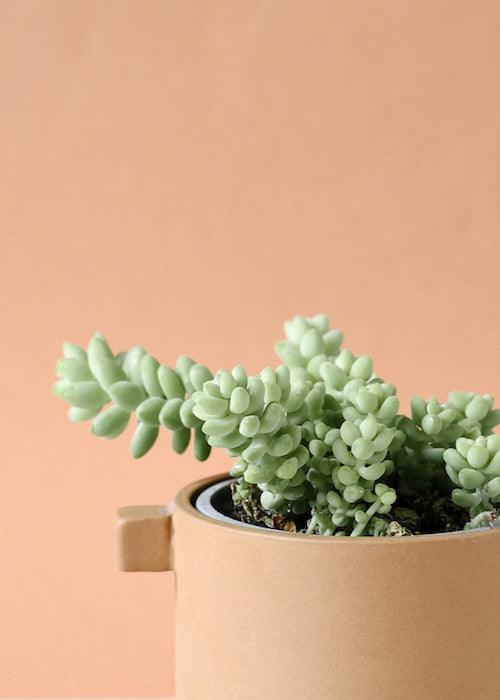
by Plant Circle
Sedum Care Tips
Light bright spot, can whit-stand a few hours of sunshine a day Water as opposed to most succulents, needs regular (possibly weekly) watering in summer and much less in winter but only when potting mix is dry to touch Soil fast draining potting mix such as cactus mix Humidity low Plant toxicity non-toxic to humans nor animals when ingested.